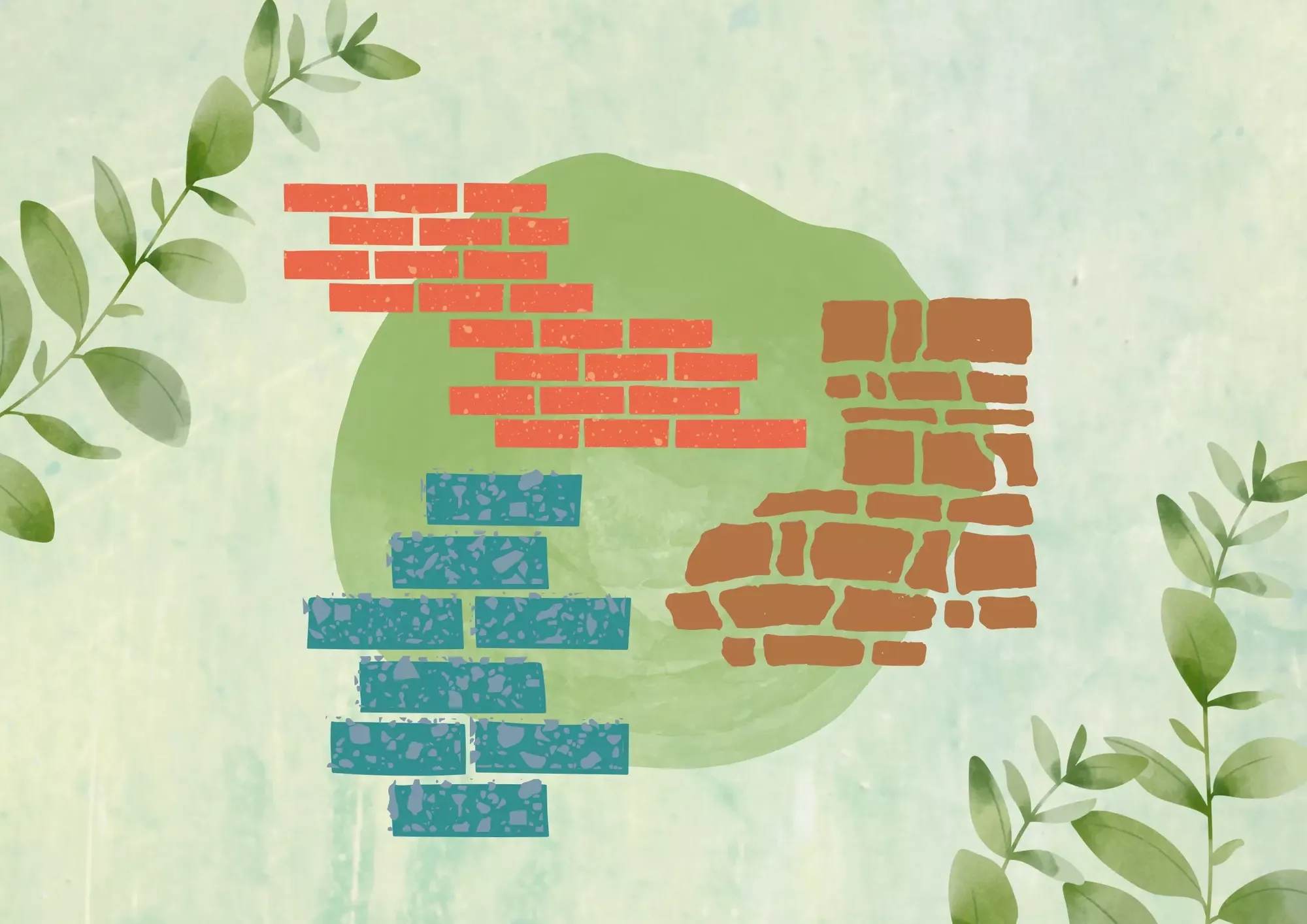Timbercrete Explained: Green Construction Guide
The construction industry is a heavily polluting one. That's not news. The problem with building green, however, is that it can still be difficult to find materials that are truly eco-friendly without having to compromise on aesthetics or quality.
Innovations in the industry have led to the development and adoption of sustainable architecture practices such as the responsible management of resources and processes to last not only for current generations but for future generations as well.
Sustainable Architecture involves practices like thinking locally about energy distribution within a building's immediate site (for example, designing deep floor plans that provide cooling in the summer and insulation from cold during winter), and choosing materials that are locally available.
There has also been an increased interest in developing and using low carbon-footprint construction materials such as Ashcrete, Ferrock, and Timbercrete.

What is Timbercrete?
Timbercrete is a lightweight insulating concrete material made from sawdust and small wood chips—a byproduct of the timber industry that would otherwise go to waste.
Timbercrete provides the look, feel and sound absorption of traditional concrete while providing superior insulation properties to standard concrete blocks. These lightweight blocks are made from a mixture of Portland cement powder, recycled sawdust shavings, and small wood chips. The mass ratio is about 20 percent sawdust to 80 percent Portland cement, by weight. The blocks require less energy to produce and have a negative carbon footprint.
Timbercrete is a relatively new material. Timbercrete can be molded into forms or produced precast to provide walls with an insulation value of R-2.5 per inch of thickness. It does not have a high environmental impact and can be produced locally from waste wood materials in the area, keeping transportation costs down compared to imported concrete or other building materials.
As a new material, Timbercrete has been tested for fire resistance and it has passed the requirements of both the National Building Code and the National Fire Code.
The main aim of Timbercrete is to provide the same strength and stability as concrete but in much less thickness, thus allowing for more useable space in walls while retaining insulation value. The overall goal would be to develop a totally sustainable building material that has low environmental impact due to its properties of being locally produced with high-performance qualities.
As with any new material, there is a lot of work being done to develop Timbercrete. It has received the 2006 National Innovation Award from the American Concrete Institute and other awards in the United States.
Benefits of Timbercrete
- It provides better insulation properties due to the lower thickness required for the same strength as concrete
- Material availability is mainly local as it is made by using waste wood and concrete
- It can be molded into forms or precast like concrete
Timbercrete Problems
- The process of mixing the Timbercrete is not as well defined as it is for concrete and can lead to poor quality control
- Using waste wood could impact human health if mixed with other chemicals not meant to be together such as formaldehyde
- The strength of Timbercrete is not yet established and needs further testing
Applications of Timbercrete
The best application for Timbercrete would be to use it in the construction of outside walls where insulation properties are more important than structural requirements. This way, the thickness required will reduce enough that concrete can be replaced with Timbercrete while still achieving an R-value equivalent to the walls.
Timbercrete can be used in walls or roofing, especially in environments where wood is available and there are no concerns regarding the use of chemicals being mixed with Timbercrete. The most suitable applications for Timbercrete are in the mass construction of walls with low insulation requirements and high thermal mass walls with little structural weight to carry.
The Timbercrete material has been designed for use in construction where high insulation values are required. However, because it is a relatively new material, more research and testing need to be done before it can become widespread building material. Timbercrete does not have the same strength as concrete nor the long-term performance studies have been completed, so it is too soon for Timbercrete to be used in every construction application.
For now, Timbercrete seems to be more suited towards use in construction where insulation is more important than structural requirements. This would include using it for outside walls or other areas where insulation values are a priority. Timbercrete offers a better insulation value and lower environmental impact than concrete, so the possibility of developing it further as a building material is promising.
Timbercrete allows for more flexible design and construction without sacrificing insulation or environmental impact, so it has the potential to develop into a popular option in the building industry.
Timbercrete is still undergoing research and testing, but as it becomes less expensive and gains more market share, this environmentally friendly material could become a strong competitor with concrete.
Spotlight on Sustainability
Timbercrete is considered sustainable because it takes much less material to produce than concrete, reducing waste and environmental impact. Where possible, Its production uses locally available wood, which can minimize the effects on the environment as it limits the importing of new building materials.
Using waste products like sawdust can reduce the cost of Timbercrete, therefore making it more affordable for the average consumer. Timbercrete material is a relatively new construction material that has been around for only about 10 years, but it is experiencing rapid growth.
What makes Timbercrete so "green" is the fact that it uses a lot less material to produce than regular concrete, allowing for more efficient use of resources and a smaller environmental impact. Timbercrete is made from mixing sawdust from woodchips with cement, water, and additives such as plasticizers or accelerators. The mixture turns into a solid, creating a building material that is lightweight, flexible and strong.
Timbercrete has been marketed as an environmentally friendly building material because it uses less cement, reducing the amount of CO2 released into the atmosphere when compared to concrete production.
The lower environmental impact is also attributed to the fact that Timbercrete does not require a high degree of specialization to produce, making it cheap and accessible. One of the major benefits that Timbercrete has over regular concrete is its flexibility. Timbercrete can be used for both walls and roofs. Concrete requires more rigid structures like steel beams or reinforced concrete, which creates extra weight on the structure, contributing to high energy use in buildings.
Is Timbercrete a perfect building material, then? Far from it. Just because a construction material alternative pollutes less than a pre-existing one, does not mean it doesn't pollute at all. The truth of the matter, however, is that as societies develop and urbanization increases, the demand for traditional concrete will only go up. In the meantime, we must limit our carbon generation where possible, even if we can't fully eliminate it.

